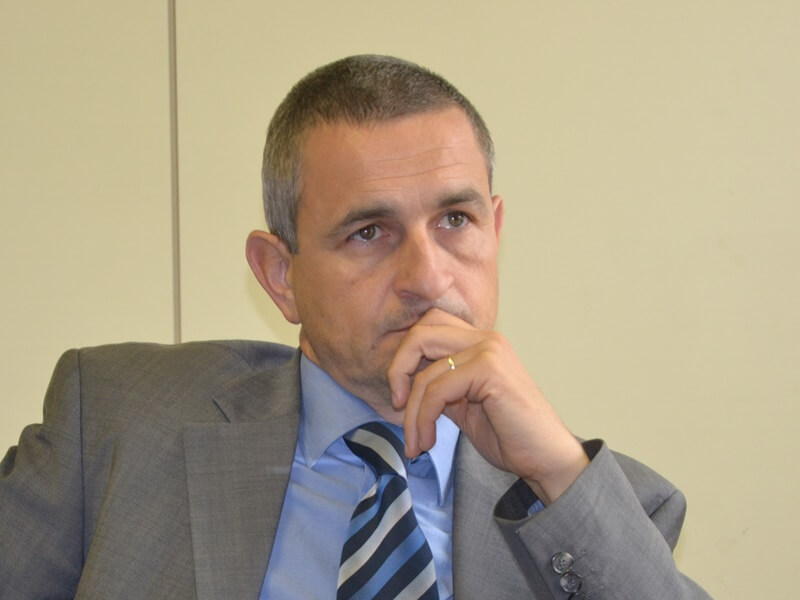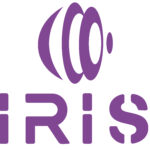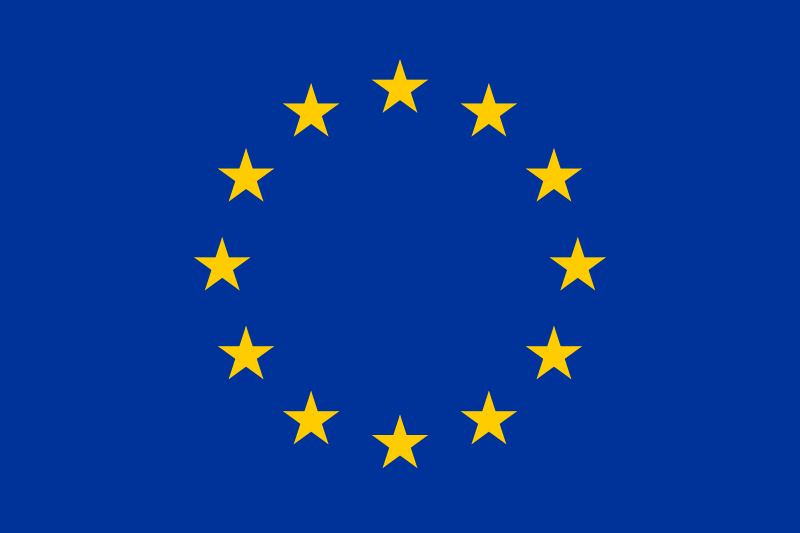Cybersecurity Innovation Cluster for EPES

About the Clusterabout
In order to maximize the impact of our developments and accelerate the exploitation of the partner projects’ results, we created the Cybersecurity Innovation Cluster for EPES. Though independent, the cluster is supervised by the EC and acts as a think tank and information exchange ecosystem to guide and coordinate the cybersecurity research and innovation results and synchronize the EPES Infrastructure Stakeholders’ continuous effort on improving the cybersecurity and resiliency of their infrastructure.
topics
Collaboration Topics

Cyber Risk governance
- Define and agree on commonly accepted methodologies and procedures for risk identification across assets, systems, networks and systems of systems
- Define and agree on commonly accepted risk classification procedures, including Security Tiers where assets, systems and networks could be characterized based on metrics such as risk severity, probability and cascading effects. The Security Tiers could be also used for insurance purposes
- Define and create risk and cybersecurity repositories, frequently updated from external risk /malware repositories and participants’ experience
SOC/ SIEM tools
Legacy middleware components hardening
- Define common hardware/software systems for enhancing interfacing legacy assets and systems (SCADA/RTU)
- Techniques for data acquisition of legacy components in order to exploit historical data information that could be significant to any subsequent AI-driven methodology applied on the energy smart grids
Threat isolation
IT-network level: SDN-based Threat Detection, Mitigation and Prevention
- Increasing network visibility and scalability, managing easier the EPES network
- Using SDN statistics for threat detection
- Isolating and corrupting in real-time the malicious/anomalous network flows
- Forming alternative network paths in order to avoid malicious/anomalous activities
- Redirecting the malicious network traffic to EPES honeypots for collecting valuable information about the malicious activities.
Energy-grid level: Electricity-related Threat Isolation & Mitigation Mechanisms
- Intentional and proactive islanding/isolation mechanisms in case of emergency, forming islands/microgrids/nanogrids.
- Energy management, balancing the energy supply and demand for each island/microgrid/nanogrid
- Electrical grid restoration after the emergency
Common trials
Laboratory facilities and simulation environments in order to adopt common testing mechanisms
- scarce data availability is a common obstacle when it comes to AI/ML techniques endorsement, technologies used by all cluster projects
- Zero-knowledge proof techniques should be applied to resolve the issues of model validation, e.g. based on inter-DLT technologies
Real life pilots that could be used as common testing facilities
- Confidentiality issues
Definition and adoption of common Certification and Validation Procedures
- considering existing standards, different legislations and national frameworks
Interaction with BRIDGE groups
European energy data exchange reference architecture
- Use it as reference to position CyberEPES activities related to the protection of the Energy Data Space
- Feedback on cybersecurity aspects in relation to the architecture report
- Analyze cybersecurity implications for use cases in the repository
- Contribute to the repository with use cases from the CyberEPES cluster (non-disclosure issues to be evaluated)
BRIDGE report on Cybersecurity and Resilience
- Additional feedback from projects on particularities of the energy network
Interaction with CSIRTs/ CERTS
- Organizational/ Multi-Organizational Incident Response Teams establish trusted communication channels in order to exchange information, adhering to certain privacy constraints
- Identification of MeliCERTs potential improvements
Contributions related to regulations
Action plan on the digitalization of the energy sector (Roadmap)
- Input/feedback on the following areas of the plan:
- «Developing a European data-sharing infrastructure» in relation to the cybersecurity of the data-sharing infrastructure
- «Enhancing the cybersecurity of the energy sector» in relation to threats and countermeasures proposed by the cluster
Network Code on Cybersecurity
Foster a Culture of Knowledge and Security
- Define of training procedures and cybersecurity courses that could be provided to under graduate and post-graduate students, MSc students or lifetime training professionals
- Definition and implementation of simulation and cyber ranges’ platforms as a horizontal action to support the upskilling of current human resources
- Coordination of multilevel dissemination ranging from academy and research team, to stakeholder and decision makers
- Coordination of common submissions to standardization bodies
Data Protection & GDPR compliance
- alignment to relevant regulations and recommendations by the European Commission
Key issues:
- Protection auditing against personal data breaches
- Data protection transparency and accountability
- Data protection in the energy supply chain
- Privacy preserving monitoring
members
CyberEPES Members

CyberSEAS (Cyber Securing Energy dAta Services) aims to improve the overall resilience of energy supply chains, protecting them from disruptions that exploit the enhanced interactions, the extended involvement models of stakeholders and consumers as channels for complex cyber-attacks, the presence of legacy systems and the increasing connectivity of energy infrastructures, data stores and services retailers.
Provide a cyber-shield armour to European EPES to survive coordinated, large scale cybersecurity and privacy incidents; guarantee the continuity of operations and minimize cascading effects in the infrastructure itself, the environment and the end-users at reasonable cost.
SDN-microSENSE intends to provide a set of secure, privacy-enabled and resilient to cyberattacks tools, thus ensuring the normal operation of EPES as well as the integrity and the confidentiality of communications.
structure
Cluster Organization Structure

Committee Chairs

Paolo Roccetti
Engineering - CyberSEAS

Panagiotis Sarigiannidis
University of Western Macedonia - SDN-Microsense

Theodore Zahariadis
Synelixis - PHOENIX

Luigi Romano
CINI (University of Naples "Parthenope") - CyberSEAS

Denis Caleta
Institute for Corporate Security Studies (ICS-Ljubljana) - CyberSEAS
Delegates

Sofia Tsekeridou
INTRASOFT International - PHOENIX

Massimo Bertoncini
Engineering - CyberSEAS

Rong Jun
Independent Power Transmission Operator | IPTO - SDN-Microsense

Paolo Roccetti
Engineering - CyberSEAS
pubblications
Pubblications

Building Synergies in EuropeanEnergy Cybersecurity – The CyberEPES European Cluster
First printing, November 2024








